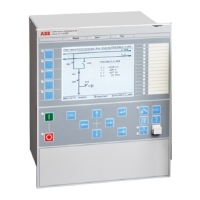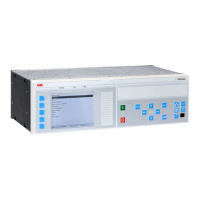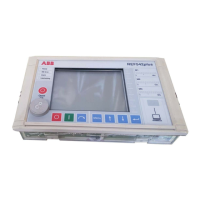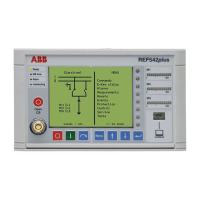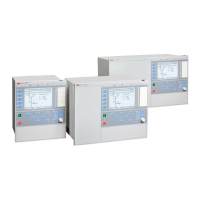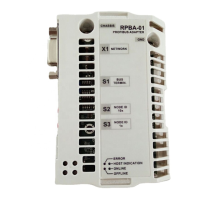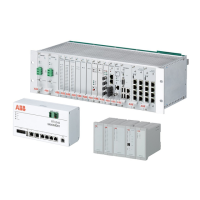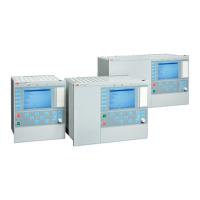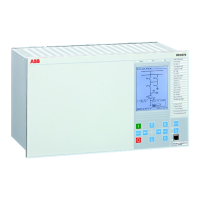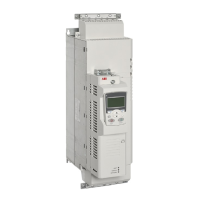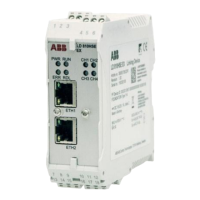Table 20: Reset possibilities
Curve name Curve index no.
Instantaneous 1
IEC Reset (constant time) 2
ANSI Reset (inverse time) 3
The delay characteristics are described in Technical manual. There are some
restrictions regarding the choice of the reset delay
.
For the definite time delay characteristics, the possible delay time setting instantaneous
(1) and IEC (2 = set constant time reset).
For ANSI inverse time characteristics, all three types of reset time characteristics are
available: instantaneous (1), IEC (2 = set constant time reset) and ANSI (3 = current
dependent reset time).
For IEC inverse time characteristics, the possible delay time settings are instantaneous
(1) and IEC (2 = set constant time reset).
For the customer tailor-made inverse time delay characteristics (type 17), all three
types of reset time characteristics are available: instantaneous (1), IEC (2 = set constant
time reset) and ANSI (3 = current dependent reset time). If the current-dependent type
is used, settings pr, tr and cr must be given.
tResetx: Constant reset time delay in seconds for step x.
tPCrvx, tACrvx, tBCrvx, tCCrvx: These parameters are used by the customer to create
the inverse time characteristic curve. See equation
27 for the time characteristic
equation. For more information, refer to T
echnical manual
.
[ ]
>
p
A
t s B MultPUx
i
C
in
= + ×
-
æ ö
ç ÷
ç ÷
ç ÷
æ ö
ç ÷
ç ÷
è ø
è ø
ANSI-EQUATION1261 V1 EN-US (Equation 27)
tPRCrvx, tTRCrvx, tCRCrvx: These parameters are used by the customer to create the
inverse reset time characteristic curve. For more information, refer to Technical
manual
.
HarmRestrainx: Enables the block of step x from the harmonic restrain function (2nd
harmonic). This function should be used when there is a risk of an unwanted trip
caused by power transformer inrush currents. It can be set to Disabled/Enabled.
1MRK 511 401-UUS A Section 8
Current protection
Bay control REC670 2.2 ANSI 159
Application manual
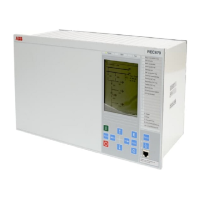
